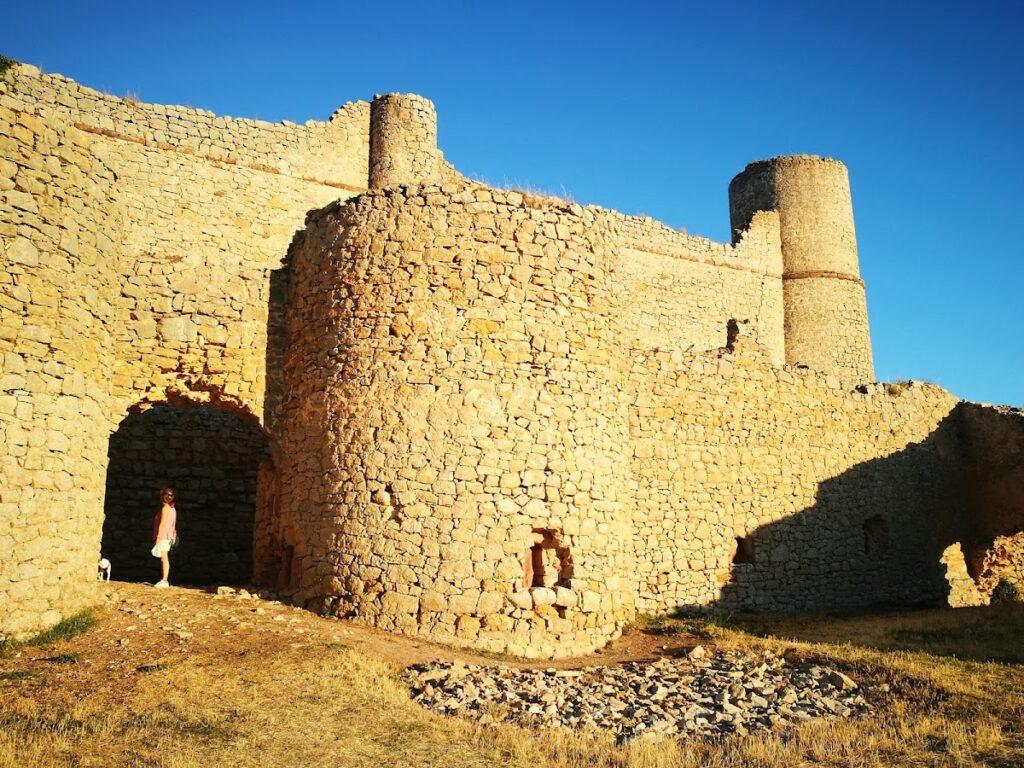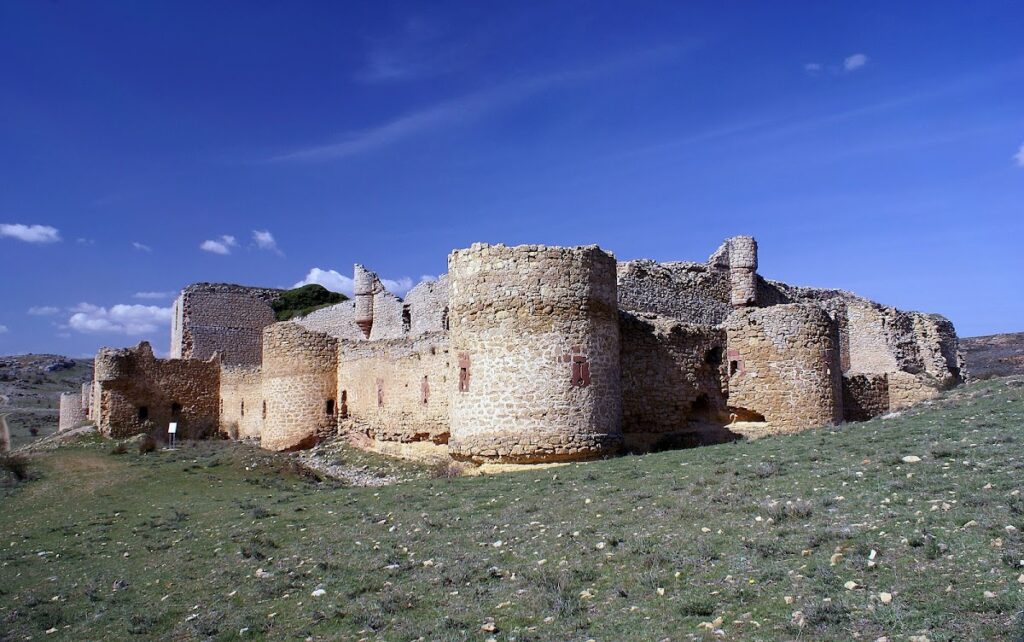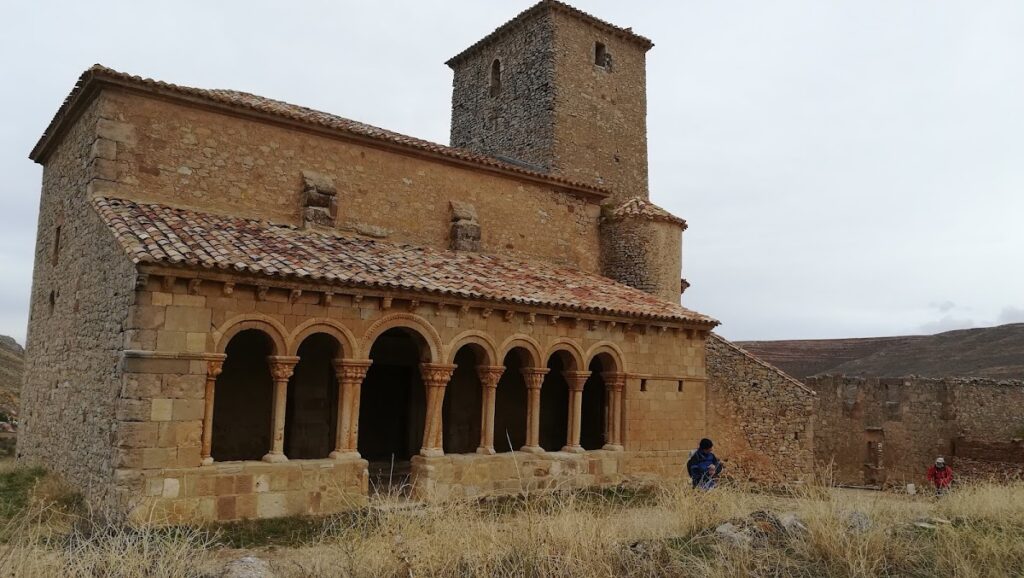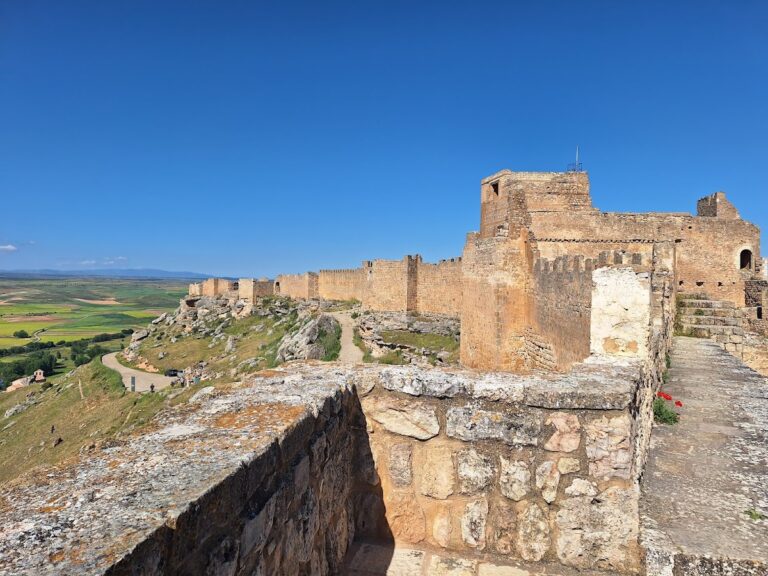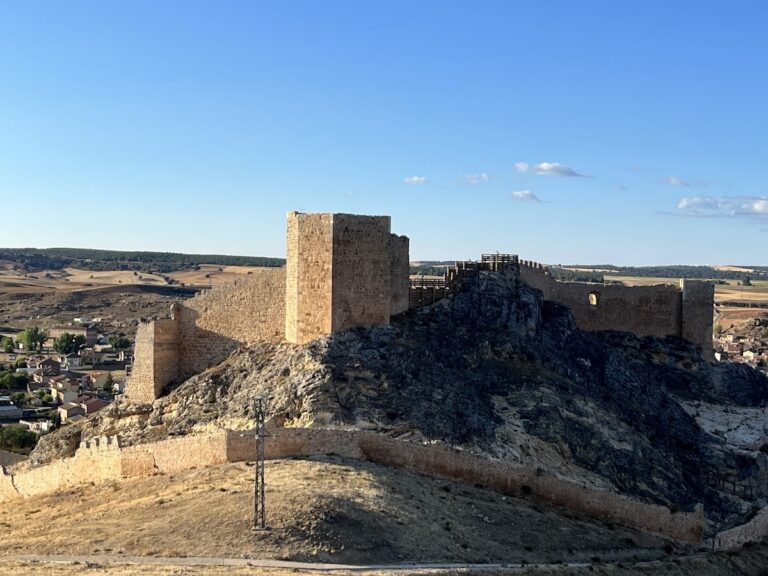Castle of Caracena: A Medieval Fortress in Spain
Visitor Information
Google Rating: 4.4
Popularity: Low
Google Maps: View on Google Maps
Country: Spain
Civilization: Unclassified
Remains: Military
History
The Castle of Caracena is a medieval fortress located near the village of Caracena in Spain. Its origins date back to an uncertain period before the 12th century, with the earliest written record appearing in 1136. At that time, a sentence issued by Cardinal Guido, representative of Pope Innocent II, referenced a castle at Caracena during a territorial dispute between the dioceses of Osma and Sigüenza. This confirms that by the early 1100s the castle was already established and held significance within the ecclesiastical and regional power structures.
Over the centuries, the castle remained an active stronghold, particularly up to the 15th century. During this period, it played a role in the conflicts tied to the expansion of royal authority under the Catholic Monarchs. The fortress was controlled by Juan de Tovar and later by his successor Francisco de Tovar. Rival factions, led by Don Pedro de Acuña, the Count of Buendía and a supporter of the monarchy, seized the castle. Following its capture, Francisco de Tovar was compelled to dismantle the castle, signaling a key moment in its decline and a shift in regional power.
Ownership of Caracena changed hands in 1491 when Alfonso Carrillo de Acuña, related to the Archbishop of Toledo, took possession. He undertook a significant rebuilding campaign that lasted about five years. This reconstruction incorporated innovative military designs suited for the use and defense against artillery weapons, which reflected the changing nature of warfare during the late 15th century. Features such as gunports integrated into the walls indicate these modern defensive adaptations. This phase marked the castle’s transformation into a fortress equipped to withstand the evolving demands of gunpowder warfare.
By the early 21st century, specifically noted in 2016, the castle had fallen into a state of serious decay. Parts of the walls and the keep tower suffered new collapses. Because of its precarious condition, the site is listed on the Red List of Heritage at Risk by Hispania Nostra, highlighting the danger of further deterioration to key structural elements.
Remains
The Castle of Caracena occupies a strategic position atop a hill that rises 1150 meters above sea level, flanked by two ravines feeding into the nearby river. The fortress has a cleared layout featuring a series of defensive enclosures constructed largely from masonry. The original medieval walls remain visible, running along the hilltop and forming the foundational base for later structures built during the late 15th-century renovation.
One of the most prominent surviving features is the rectangular keep tower, notable for its strong, prism-like form, situated at the southeast corner of the inner enclosure. This tower, rebuilt during the late 1400s, anchors the trapezoidal-shaped inner ward, which is fortified with five bastions known as cubelos. These bastions functioned as projecting defense points, allowing defenders to cover surrounding walls effectively.
The castle’s design also includes a double enclosure system separated by an artificial moat, enhancing its defensive capabilities. Access to the fortress was controlled by a carefully arranged zig-zag path, designed to slow down attackers. Opposite the main keep, a gate connects the inner enclosure to a second outer ward. This outer section forms a perimeter around the fortress and is protected by a second, parallel wall equipped with ten hollow bastions. These were constructed with artillery use in mind, adapted to allow the effective firing of cannons and other firearms from inside the castle.
Additional features visible today include vaulted rooms and cisterns, which would have stored water, as well as projecting guard posts—small turrets used by sentries to observe and defend the walls. The defensive walls contain multiple gunports, openings designed both to resist incoming gunfire and enable defenders to operate artillery pieces safely within the fortress. These architectural details reflect the advancements in military technology during the castle’s late medieval refurbishment.
Despite the ruinous condition of some parts, these remains illustrate the castle’s continued importance through multiple centuries and its evolution in response to changing military needs.

